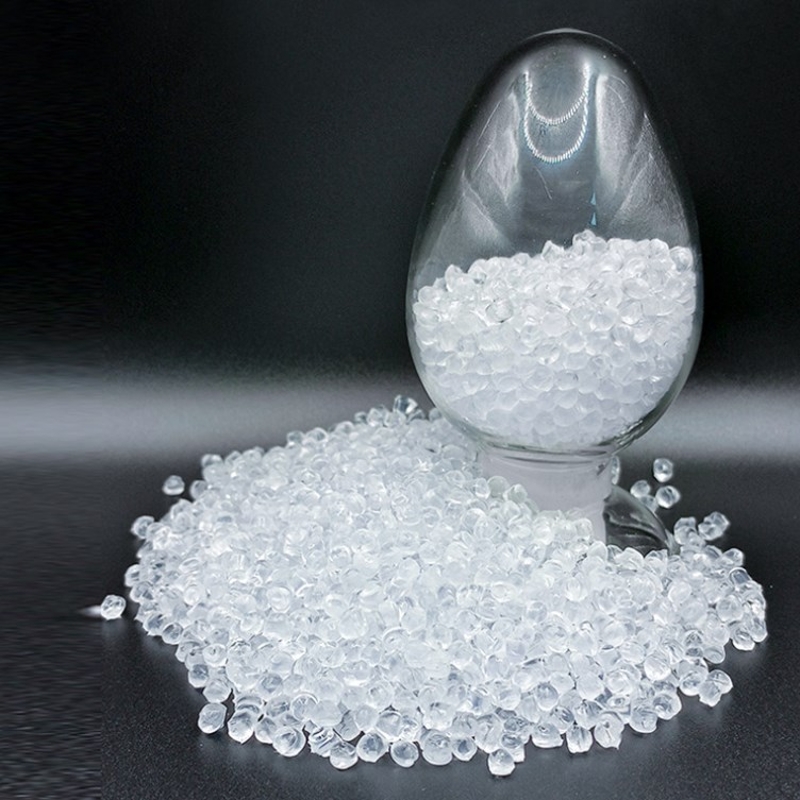-
Categories
-
Pharmaceutical Intermediates
-
Active Pharmaceutical Ingredients
-
Food Additives
- Industrial Coatings
- Agrochemicals
- Dyes and Pigments
- Surfactant
- Flavors and Fragrances
- Chemical Reagents
- Catalyst and Auxiliary
- Natural Products
- Inorganic Chemistry
-
Organic Chemistry
-
Biochemical Engineering
- Analytical Chemistry
-
Cosmetic Ingredient
- Water Treatment Chemical
-
Pharmaceutical Intermediates
Promotion
ECHEMI Mall
Wholesale
Weekly Price
Exhibition
News
-
Trade Service
(+)-Tartaric acid is an important organic acid that is commonly used in the chemical industry.
It is a white or almost white, crystalline solid that is soluble in water and polar organic solvents.
It has a strong, unpleasant odor and a sour taste, and is commonly found in a variety of natural products, including grapes, tamarinds, and maple syrup.
The synthetic routes for (+)-tartaric acid can be broadly classified into two categories: chemical synthesis and biological synthesis.
Chemical Synthesis of (+)-Tartaric acid:
One of the most common methods for the synthesis of (+)-tartaric acid is the hydrolysis of the corresponding sodium or potassium salt.
This involves the treatment of (+)-d-tartaric acid, which is obtained from the reduction of d-tartaric acid, with sodium or potassium hydroxide in the presence of a catalyst, such as hydrochloric acid.
The resulting sodium or potassium salt is then treated with water to produce the free acid.
Another common method for the synthesis of (+)-tartaric acid is the oxidation of d-xylose.
This involves the treatment of d-xylose, which is a pentose sugar, with an oxidizing agent, such as potassium permanganate or chlorine, in the presence of a catalyst, such as sodium hydroxide.
The resulting oxidation product is then hydrolyzed to produce (+)-tartaric acid.
Biological Synthesis of (+)-Tartaric acid:
Another way to synthesize (+)-tartaric acid is through bacterial fermentation.
This process involves the use of microorganisms, such as bacteria or yeast, to convert sugars or other organic compounds into (+)-tartaric acid.
The microorganisms are typically fermented in a nutrient-rich medium, and the resulting product is then isolated and purified to produce the pure acid.
Advantages and Limitations of the Synthetic Routes of (+)-Tartaric acid:
The synthetic routes for (+)-tartaric acid have several advantages, such as high yield and purity, and the ability to produce large quantities of the acid at a low cost.
Additionally, these routes allow for the synthesis of the acid in a lab







